
Review: Adobe Audition 5.5
Adobe’s Audio NLE Goes Post
Review:/ Graeme Hague
When Audition 3.0 was released in 2009 I remember beginning my review of that software with a suggestion that, finally, Audition had almost completely shrugged off the last of its ties with Cool Edit Pro – CEP being the original DAW application developed by Syntrillium that Adobe snapped up to reincarnate as Audition. AA, as it’s known, had come of age. Now with Audition 5.5 released, leap-frogging two and a half version numbers and a similar number of years, you’d expect CEP to be a distant memory. But no, dammit–I was wrong (that’s twice this millennium I’ve been wrong… a worrying trend). More than just remnants of Cool Edit Pro are still visible within the Adobe-style GUI.
The good news is: that’s a positive thing.
On the negative side and causing much mumbling and grumbling among the Audition community is the number of features that have been jettisoned, albeit possibly temporarily, to get AA 5.5 out on the shelves and available as a component of Adobe’s Creative Suite 5.5 (CS 5.5). Audition is still a stand-alone product too, but the strong theme behind this latest version is the integration with CS 5.5 and ‘roundtrip editing’ between the various CS applications, particularly Premier Pro and Flash Professional and After Effects. The idea of ‘roundtrip editing’ is that the only changes made to the file are the ones that you specifically make. The other CS applications won’t secretly meddle with files by compressing, resampling, transcoding or otherwise ‘optimising’ them during the editing process.
REBUILT FOR COMPATIBILITY
At the core of all the supposed trouble is the fact that Audition has been entirely rebuilt to be cross-platform and compatible with Mac OSX 10.5.8 or higher – yes, you can hear Syntrillium turning in its grave. It must have been a mammoth task and not surprisingly Audition isn’t quite what it used to be. After Adobe tried fending off much of the backlash with comments along the lines of, “why redevelop CD burning in AA, when there’s dozens of perfectly good freeware applications out there?” it came clean and admitted the development team preferred a (comparatively) stripped-down release that was rock-solid, rather than a buggy version crammed with features that didn’t work. That’s not a bad idea, but with MIDI capability also being one of the casualties, it’s effectively taken Audition out of the Digital Audio Workstation (DAW) scene. It can’t be compared, let alone compete, with the likes of Cubase, ProTools or Sonar without that MIDI. For many long-time Audition users it’s a disappointing step backwards that has them still entrenched in Audition 3.0 until Adobe comes to its senses.
NOT A MIDI IN SIGHT
For mine, Adobe can roll with the punches and be confident that it’s delivered a good product here. At a guess, it doesn’t want Audition to be another DAW capable of running a zillion MIDI-generated virtual instruments. Audition is now firmly a post-production audio editor to complement Adobe’s multimedia creation software – and that’s a job it can do very well thanks to that Cool Edit Pro legacy.
CEP was a great audio editor that lost none of its shine morphing into Audition, and Adobe is plainly happy to keep a good thing going. The workflow of Audition focuses on getting individual wave files perfected in the editing window, before you think about dropping them into a multitrack session timeline. Of course, you can record in the multitrack environment just like any other DAW software, but the real appeal of Audition is the high quality effects and wide variety of tools you can use to clean up any audio mess in those individual files first, and thus make the mixdown process much easier. For example, Audition has had an excellent noise reduction feature since long before other programs offered anything similar as an optional extra. All the same, AA 5.5 has a new ‘dehumming’ and ‘de-essing’ feature, but I don’t know why they’ve bothered. That noise reduction facility already catered for every annoying noise possible, including some vinyl restoration tricks.
The Editing window has its own effects rack and history… ah, rack. Effects can be applied in real-time, reordered and turned on or off. You can save your rack configuration as a preset, then call it up in the Multitrack Mixer window and apply it to whatever track you’ve assigned the wave file. Alternatively, you can process the wave file and send the final result over to the multitrack session where it won’t need any further real-time processing, thus conserving CPU resources. This approach is a bit of a hangover from earlier Audition versions (and CEP for that matter) where the quality of the effects usually didn’t allow for real-time mixing without choking your system to death–you had to render files first. These days, you get a choice.
The History Rack likewise lets you turn editing processes on or off regardless of what order you applied them. In fact, rather than a history it’s kind of an undo/redo rack. Very handy. Tasks such as cutting, pasting and selection can be zoomed into views for infinite precision.
MORE INFO
www.adobe.com
New via download: $532 (no GST to pay)
Upgrade via download from AA V 1.5, 2 or 3: $148.75 (no GST to pay)
A GUI FOR BUSINESS
All of the effects and processing tools come in a no-nonsense, utilitarian interface. Lots of sliders and parameter values, without any shiny knobs or dancing graphs. Usually, I’d be unhappy about this. I’m a fan of having a bit of glitz, colour and movement to keep the workspace visually exciting and inspiring. In Audition, Adobe manages to get away with it – all the GUIs are professional-looking without being bland.
Most of the editing processes are available as Effects in the Multitrack Mixer window. Here you have the standard Arrange timeline or a virtual mixer to put everything in its place. Automation envelopes are possible for all the usual suspects. New to AA v5.5 is full 5.1 capability. Individual 5.1 tracks can be created and appropriate surround panning, placement and surround-specific effects such as reverb become available.
What you’ve got with the AA 5.5 mixer view is a true, highly-detailed audio console that has eschewed all that complicated MIDI VST stuff in favour of working with ‘real’ recordings and to be honest it’s kind of refreshing. There is a wealth of rocessing possibilities, but at the heart of each track must be a proper wave file… which is as close as you’ll get to a reel of tape for the old salts, these days.
But now we’re edging back into DAW territory, more traditional music-making and mixing whereas, as I suggested earlier, Audition is largely turning its back on all that. More than anything, Audition 5.5 is for film, video and radio post-production, using much closer links with the rest of the CS 5.5 package. Having said that, by the way, Adobe acknowledges that its Premier Pro isn’t for everyone and Audition now provides export in XML format and import through the Open Media Framework.
There are rumours – or perhaps it’s only wishful thinking – that with CS6 Adobe will bring back that missing MIDI ability, the CD burning features and ReWire capability, but for the moment I’m not fussed. There are, as Adobe itself has said, plenty of applications that do those tasks much better. I’d rather Audition stick to what it does best – and still does best – working with audio and providing very good audio editing features.
You can’t go wrong with that.



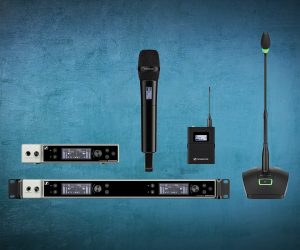

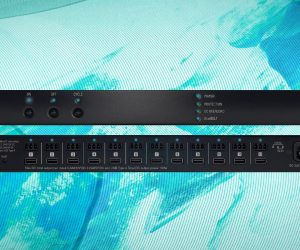
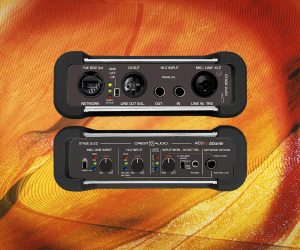


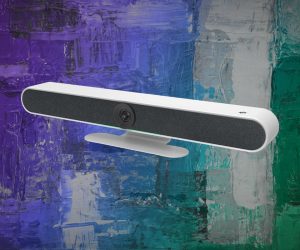
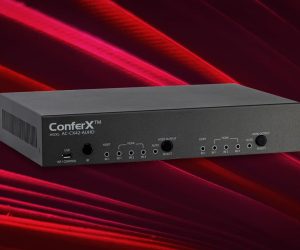
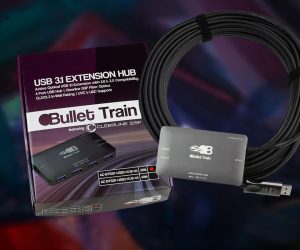
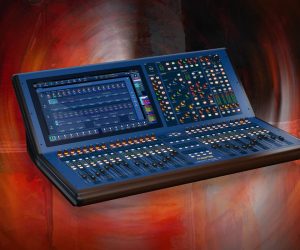


RESPONSES